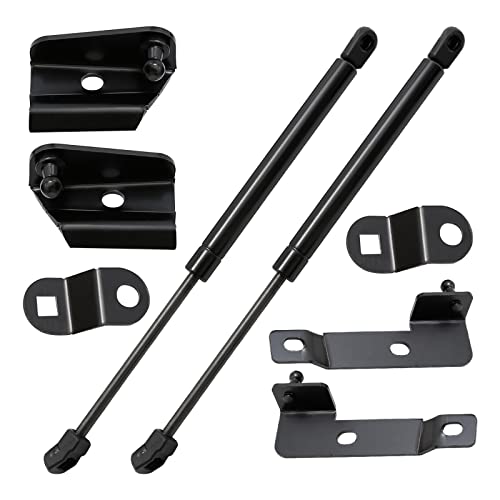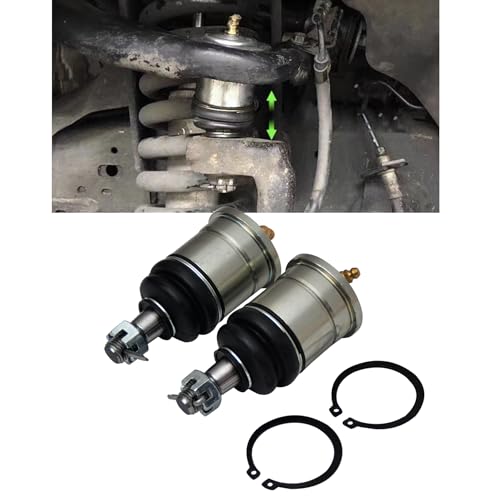Thanks for your thorough reply Tony.
Is the 75% max charge you mention applicable to all battery types? ie. AGM too?
I hadn't actually considered your route with the CTek. Might have to look into it. Would that take a lot longer to re-charge at 7amps output?
Where the FullRiver specs talk about cycle charge of 14.5-14.9 (@25deg) it also says 'Initial charging current 22A or small' Does that mean I should not be pumping more than 22amps into it? Cause in the Navara alternator specs it says hot output current = 29A/1300rpm, 76A/2500rpm... I thought AGMs could accept a bigger charge, but is this going to be too much?
Apologies for all the questions, just trying to get my head around this auto electrical 'black magic'
Thanks again, Cheers!
As the guys said, don't apologise for asking questions in the exact place where we hope you'd ask questions!
Yes the C-Tek charger will take longer to charge the battery. There's no disputing that at all, and if you're in need of something that will charge really fast, there aren't many chargers around that will achieve that goal. The C-Tek charger happens to be one of the best in the world at caring for your battery. I don't have a stake in the company, I just recognise that they have probably done more than most other companies in terms of finding the best method of charging a battery to give the battery the most life and better performance.
The 75% max is based on the fact that despite the cell voltage being 2.3V (multiplied by 6 cells = 13.8V), a battery needs a higher voltage supplied to it in order for the chemical reaction to reverse itself. At 14.4V (nominal minimum regulator output voltage) a battery will only ever become 70% charged. At 14.7V (nominal maximum) it will become about 75% charged. To fully charge the battery you need to pump in somewhere over the 15V mark - between 15 and 15.5V. This tends to make the battery fizz - there is enough energy being delivered to the battery that it breaks down the electrolyte (which is around 35% sulphuric acid, 65% water) causing it to give off hydrogen and oxygen, depleting the fluid levels in the battery and raising the specific gravity of the electrolyte (making the electrolyte more acidic).
Is the charge applicable to all battery types? Pretty much, yes. A lead-acid battery in any form is still going to be a lead plate suspended in an electrolyte. It will undergo the same chemical reactions to produce electricity (discharge) and will undergo the same reactions to be charged.
Where the batteries differ is in the charge/discharge rates. A starter battery can be discharged at 500A or 600A (look at the "CCA" value on the battery), but you'd destroy the battery trying to charge it at this rate. Deep cycle batteries should never be subjected to high discharge rates. All of the batteries should be charged at reasonable rates - don't just dump power into them, it can destroy the structure of the battery.
Will the C-Tek at 7A charge the battery? Perhaps. We're driving for about 10-14 hours per day when we're touring. That's about 70-98Ah of peak charging - which you wouldn't get, since the charger works its way up gradually in order to protect the battery. Would we consume that much power in a night?
At worst, our Waeco fridge draws 7.5A (typically about 5.5A, but let's run with that worst-case figure). It cycles for about 50% of the time. If we're stopped from 10pm until 7am - that's 9 hours - 4.5 x 7.5 = 33.75Ah used overnight. Add lights (about an amp each, although we're replacing ours with LED) and we might consume an additional (say) 5A. Call it 40A overnight. Our C-Tek charger will easily replenish this if we're driving for 10 hours, let alone for 14.

























